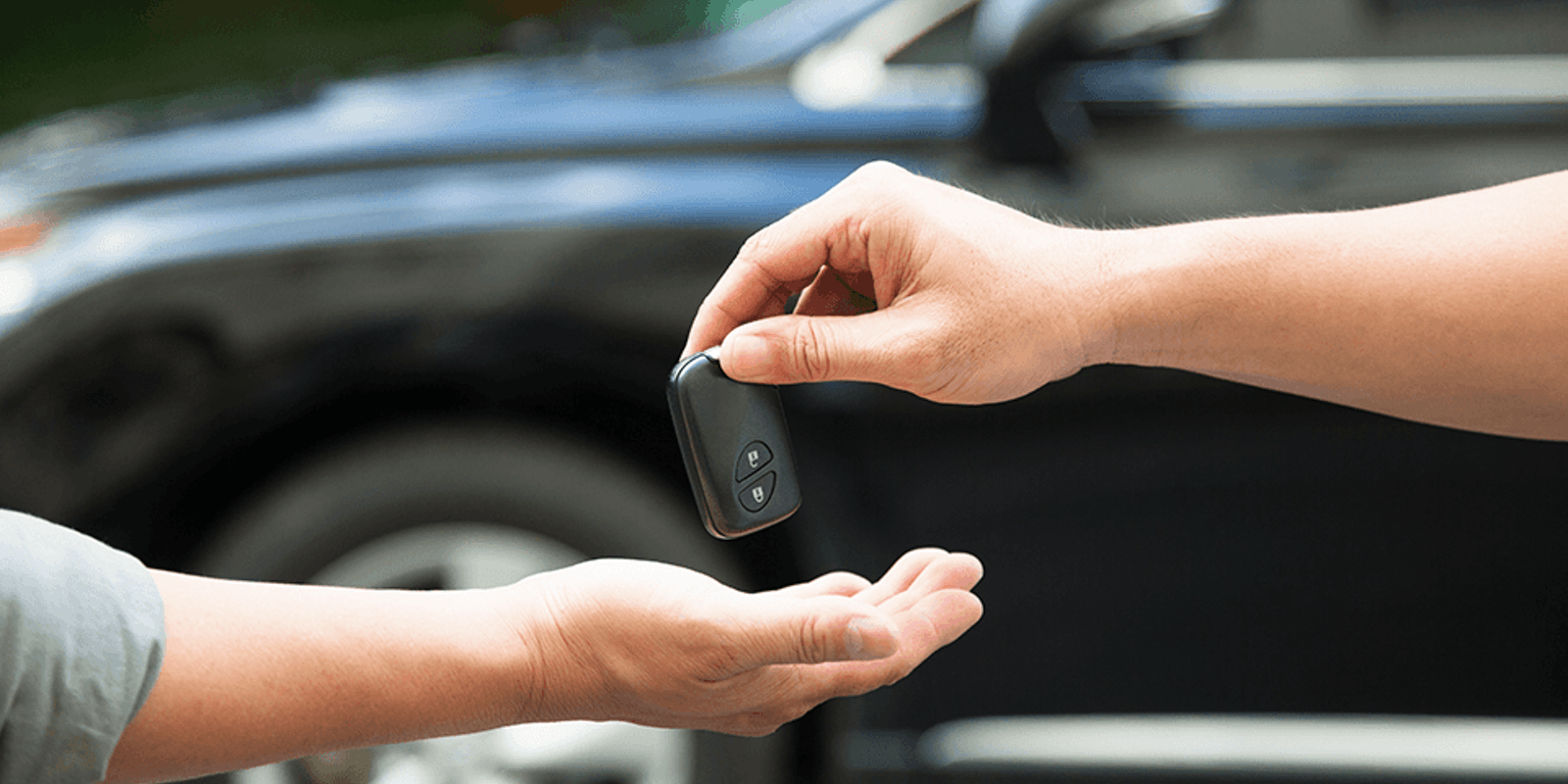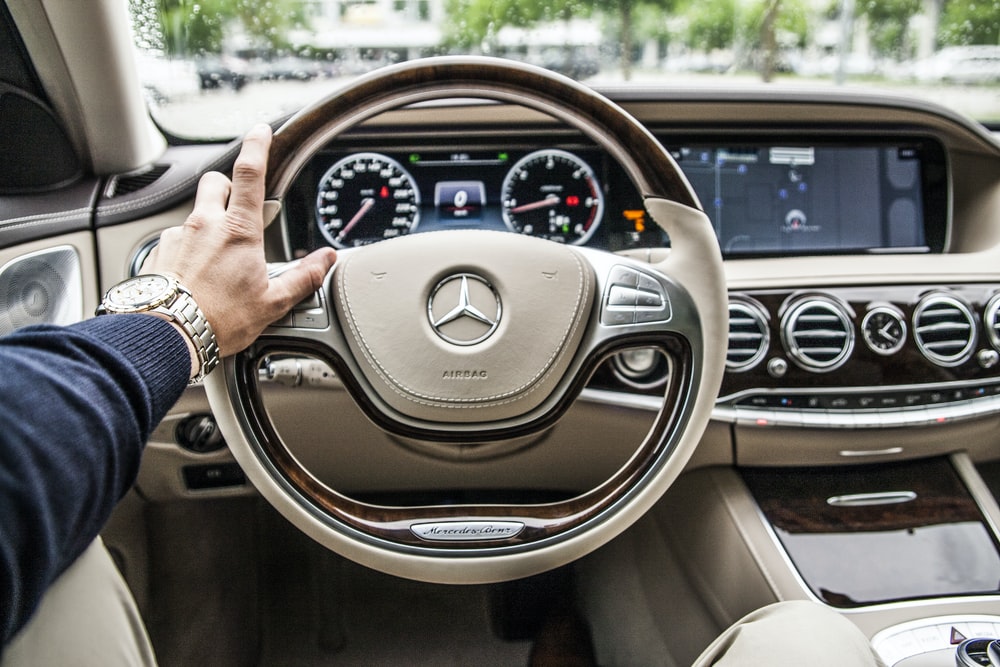The Financial Implications of Leasing a Car
Dec 21, 2023 By Susan Kelly
Leasing a car is granting access to a user by the property owner. Usually, this period is predefined, say 36 months. Most people are used to buildings and pieces of land being leased, but cars can also be leased.

Leasing a Car vs. Buying a Car
Leasing a car gives the user control of the car for a fixed time and over a set number of miles. Buying a car involves paying the full amount either upfront or in installments. After the lease period, the vehicle could either be returned or purchased at a discussed value. Of course, the value has drastically depreciated so that the price will be much less than the original amount.
Leasing a Car | Buying a Car |
Fixed mileage | Unlimited mileage |
Fixed time | Unlimited time |
Short-term commitment | Long-term commitment |
Lower monthly installments | Higher monthly installments |
Lack of freedom to modify the car | Freedom to do whatever you want with your car |
No real sense of ownership with the car | A deep sense of ownership with the car |
Lease Payments
It is important to note that monthly lease payments are lower than the monthly installments when buying the same car. This is because a vehicle user on lease pays for the depreciation costs of the car along with monthly payments.
Lease payments are calculated using the following formula:
Expected depreciation cost + rent charges + taxes + fees
Total number of months on the lease contract.
For example, individual X wants to lease out a Mercedes Benz. If the expected depreciation cost + rent + taxes + fees are $23,000 and the car is to be leased out for 36 months, then the monthly installment is:
23,000/ 36 = $638.88 per month
According to Experian's Q2 2020 State of the Automotive Finance Market report;
- The average lease cost for a new car is $467 monthly.
- The highest number of leased cars in America is Honda at 33.55%, followed by Toyota at 9.73% and Chevrolet at 7.99%.
- While a RAV4 loan is $508, the same car's lease payment is $381. The lease payment is considerably lower.
- Leasing vehicles has reduced from year to year.
Factors that affect the lease amount on a car
- The original price of the car
- The lease period. A vehicle's monthly lease payment is usually higher during the first year so that the car owners may make money on their sales. From a business point of view, car leasers may want to return all or at least a huge percentage of the vehicle's value before it completely depreciates. It is a business, after all. Therefore, it is not advisable to lease a vehicle for just 12 months. That's why most lease agreements range from 24 months to 36 months.
- The car model and type. According to Experian's report, Honda is the most leased vehicle in America. CIVIC is the highest leased model at 4.5%.
- The expected car mileage. For most cars, the maximum mileage should be 12,000 miles.
- Taxes, charges, and other fees
- Rent charge
- Residual value. This is the vehicle's value when the lease ends. Lease payments are calculated according to the vehicle's residual value expectations.
Benefits of leasing a car over buying it
The first pro is the lower costs of paying monthly lease payments than purchasing the car on hire or cash. The car user may choose to stay with the car or return it to the lease and obtain another one.
Most people who lease vehicles prefer to do so because they are availed of the latest car technology and safety options at a much lower price than purchasing a car. Leasing vehicles appeals more to individuals who value prestige and status, as they can drive the latest and top-of-the-range vehicles at an affordable price.
Some lease agreements maintain their car for you. They may require you to take the vehicle to them after a set period for regular checks and servicing. This saves the user the worries of maintaining the vehicle. Additionally, since most lease periods are not that long and the leased cars are new, the vehicle user may not be bothered with urgent maintenance.
Disadvantages of leasing a car over buying it
The down payment of leasing a car may be relatively higher than purchasing it. It depends on the dealer you are working with, the lease type, and the model of the vehicle. In addition to this down payment, the lease may require you to pay the first monthly installment on the day you sign the lease.
You are also required to pay the acquisition fee to cover administrative costs. It is also a requirement to pay auto insurance either as comprehensive, liability, or collision. Some lease agreements offer gap insurance along with the lease, while others leave it for you to decide if you will buy it or not.
When you bring the vehicle back to the automobile shop, there may be extra fees you need to pay to be done with the contract, such as the return fee. Usually about $350, this fee is compulsory and non-refundable. This amount may be overwhelming if you are not purchasing the car or taking another one on lease conditions.
If you use your vehicle's mileage more than the stipulated maximum, you are liable to cough up more money per extra mile. The average is about 10 to 25 cents per extra mile, which is astounding. The average maximum mileage is about 12,000 to 15,000 miles per year. Assuming you have driven 5000 extra miles, and your lease agreement was 22 cents per extra mile, you should pay $1100 as extra charges. Include the compulsory return fee, and you'll be paying insanely high amounts for a car that's not even yours.
Ultimately, whether to buy or lease a car is in your hands. Depending on the car model you want and your personal preferences and lifestyle, decide on the best strategy that works for you. Leasing a car saves you money on monthly payments. You can use online car lease calculators to estimate the total price of leasing the car of your dreams.









